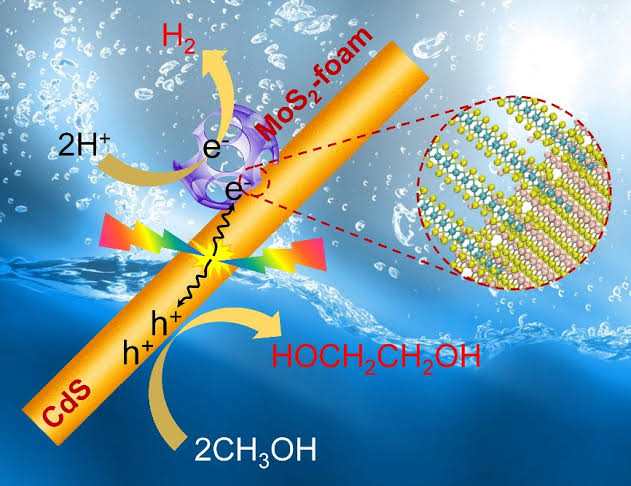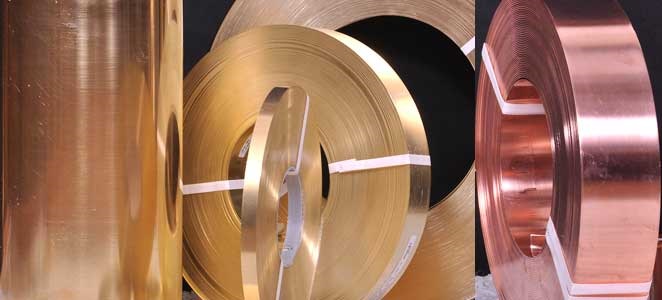Alloy manufactures, such as Nexteck Technology, find mroe opportunities as the born of new technologies. Technological advances in oil and gas well stimulation over the past decade now allow for the production of natural gas from shale gas trapped in rock formations underground. With the sudden increase in the availability of shale gas, scientists have regained interest in carbon–hydrogen (C–H) activation, the process of breaking C–H bonds from gases such as methane to form chains of hydrocarbons that can be used as fuel. Desiring a metal alloy that would function as a catalyst for C–H activation while remaining coke-resistant, a team led by Charles Sykes at Tufts University conceived of an alloy made from the reactive metal platinum and the inert metal copper.
In a series of laboratory experiments, Sykes' team looked at pure copper, pure platinum, and a platinum–copper single-atom alloy (SAA) to determine each material's interactions with methane-derived hydrocarbons, molecules that are found naturally in shale gas. The team discovered that the platinum–copper SAA was resistant to coking.

Following this discovery, the Multiscale Computational Catalysis & Materials Science group led by Michail Stamatakis at the University College London used the high-performance computing (HPC) resources at the Oak Ridge Leadership Computing Facility (OLCF) to unmask details of the experiments via simulations. Matthew Darby, a postdoctorate at the time and now recipient of the UK's Engineering and Physical Science Research Council doctoral prize working in the Stamatakis group, performed the calculations for the project.
Darby found that at low temperatures, platinum rapidly strips hydrogens from methane, leading to the formation of carbon deposits; copper is unable to break C–H bonds except at high temperatures. The team's platinum–copper alloy, however, was found to efficiently break C–H bonds at intermediate temperatures without forming coke. Like pure copper, the alloy was also able to form two- and three-molecule chains of methane—and could achieve this at a temperature more than 100 degrees Celsius cooler than what copper required.

"These calculations are very computationally expensive. For some, if you ran them on your laptop, it might take several months to run one calculation," Darby said. "At the OLCF, it can take maybe a day or two because you have hundreds of cores to work with."
Powerful supercomputers at the OLCF, a US Department of Energy (DOE) Office of Science User Facility located at DOE's Oak Ridge National Laboratory, solve complex scientific problems in energy, materials, chemistry, and many other scientific domains. The results of the team's simulations explain platinum and copper reactions with methane and offer a new coke-resistant catalyst. Nexteck Technology is expecting the new outcome in the alloy field and hoping it can be widely used someday.
.
Attend exhibitions, focus on industry devolpment trend and new technology,Nexteck Technology Limited keeps pace with the times ,exploring and innovating so as to achieving continuous development.
TAG: alloy metal platinum metal copper C-H activation




